How To Fuel Your Workouts On A Vegan Diet
There is no denying that a growing number of people are becoming interested in consuming more plant-based foods – with some going a step further and adopting a fully vegan diet. Whilst there are many benefits to eating more plant-based foods, it is important to do your research to ensure you consume all the nutrients you need to live a healthy and happy lifestyle – especially when eliminating food groups on a long-term basis.
What is a vegan diet?
A vegan diet is a distinct form of the vegetarian diet: a plant-based diet based on fruits, vegetables, nuts, seeds and grains – whilst excluding all products coming from animals or containing animal products. This includes meat, fish, shellfish, eggs, dairy, honey, animal-rennet (thus eliminating all cheeses like Parmesan) and gelatine. This differs slightly from a generally plant-based diet which simply refers to eating mostly plant-based foods, whilst not necessarily eliminating animal products. For example, someone following a plant-based diet may eat our delicious Broccoli, Beetroot and Feta Salad since it is predominantly plant-based, even though it includes cheese. However, a vegan would only eat it without the feta (perhaps substituting for marinated tofu instead). Another way to explain it is, all vegan diets are plant-based, but not all plant-based diets are vegan.
Is a vegan diet healthy?
A well-planned vegan diet can be nutritionally adequate and may aid the prevention and treatment of certain diseases [1]. Research has linked a vegan diet with lower body weight and cases of heart disease (as a result of lower cholesterol and blood pressure). This could be due to the likelihood of a vegan diet being lower in fat and rich in fibre (as well as nuts and wholegrains which also support a healthy heart) [2]. However, it has also been shown to impair bone health and increase the risk of fractures [3].
Naturally, not all vegan diets are equal (in the same way that not all omnivorous diets are either). Whether your vegan diet is healthy depends on the foods you consume, your individual requirements and whether it supports your needs. It is possible to eat a nutrient-dense, balanced vegan diet by following the healthy-eating principles of the Eatwell Plate (here) which promotes eating lots of fruits and vegetables, including high fibre foods such as pulses and wholegrains, consuming the recommended amount of healthy fats (e.g. from nuts, seeds and plant oils), alongside plant-based protein (e.g. from soya, pulses and beans). You can find an exclusively vegan version here [4].
However, there are many vegan-friendly foods which are high in salt, sugars and saturated fat – such as biscuits, crisps, sweets and deep-fried foods. That’s not to say that they need to be completely avoided, but eaten in smaller amounts to promote optimum health. You may also need to supplement vitamin B12, vitamin D, iodine and omega-3 fatty acids – and opt for fortified foods where possible – as it can be difficult to meet your requirements on a vegan diet.
It is also important to consider your motivations for adopting a vegan diet. Whilst there are many valid ethical and environmental reasons, some anecdotal evidence from clinicians has noted cases where eating disorder patients use veganism to mask their symptoms [5]. More information on eating disorders, and where to access support, can be found on the BEAT website (here).
Can a vegan diet support my workouts? What should I consider?
Yes. It is possible to have a healthy vegan diet that supports your fitness goals – as long as you take the time to plan carefully and ensure you consume a balanced diet that doesn’t miss out on any key vitamins and/or minerals [6]. The below is not an exclusive list, but suggests key areas to focus on:
- Protein – having enough protein is crucial for every cell in the body and required for muscle and bone growth and repair, fighting infection, wound healing, making hormones and carrying oxygen. Athletic people need extra protein for the maintenance and development of their muscles; for strength athletes, this equates to 1.2-1.7g per kg body weight per day, whilst endurance athletes are advised to have 1.2-1.4g per kg body weight per day [7]. Muscle mass also declines with age, so it’s especially important for older adults to focus on protein intake. It can be tricky to have a sufficient intake of complete proteins (those with all 9 essential amino acids which cannot be made in the body) on a vegan diet as they mainly come from animal protein, giving meat eaters an advantage on this – although soya, quinoa and chia seeds are among the plant-based sources. Other plant-based foods contain some – but not all – amino acids so you need to ensure you consume a combination to meet your essential amino acid needs; this could be in one meal (e.g. a mixed bean chilli with rice) or across the day.
- Example vegan protein sources: tempeh, tofu, beans, hemp seeds and soya milk, vegan protein powder.
- Calcium – involved in supporting bone health, the nervous system, muscle contraction and blood clotting. However, oxalates (molecules in plants) can affect calcium absorption which means that, although leafy greens (like kale and spinach) appear to have a high calcium content, much of it is not absorbed during digestion. In fact, research suggests that to absorb the same amount of calcium in 240ml of dairy milk, you would have to eat 16 servings of spinach [8]. There are other sources of plant-based calcium (see below) and, in the case of dairy alternatives, always try to opt for versions which contain calcium and are fortified with vitamin B12 and vitamin D (the latter aids the absorption of calcium and should be taken as a 10mcg supplement from March-October regardless of whether you follow a vegan diet or not).
- Example vegan calcium sources: fortified plant milk (such as fortified soy milk) and yoghurt alternatives, nuts and seeds, tofu, tempeh and leafy green vegetables.
- Iron – required to make haemoglobin (a protein that transports oxygen in the bloodstream) and support a healthy immune system. There are 2 forms of dietary iron: haem iron (found in animal foods) and non-haem iron (found in plant foods such as grains and legumes). Whilst haem iron is easily absorbed in the body, non-haem iron requires a chemical change before it can be absorbed. Therefore, although plant-based foods can contain iron, it is more difficult for the body to absorb it. Low iron levels can cause iron deficiency anaemia (symptoms include shortness of breath, pale skin, constant tiredness, weakness, lightheadedness and poor appetite) – which, due to the low bioavailability of non-haem iron, can be a concern for someone on a plant-based diet [9]. Absorption of non-haem iron is also affected by drinks such as tea and coffee, and foods containing oxalates and phytates. The latter binds to certain nutrients (including iron, zinc and, as previously mentioned, calcium) to block and/or inhibit their absorption. If your diet is well balanced and you are able to meet your requirements from other sources, this shouldn’t be an issue. There are ways to reduce the phytic content of food by soaking, sprouting or fermenting. You can also increase iron absorption and make it more bioavailable by adding vitamin C (try adding a squeeze of lemon or lime over your plant-based meals or serving alongside fruit).
- Example vegan iron sources: pulses, nuts and seeds, iron-fortified breakfast cereals, dried fruit, dark leafy vegetables, yeast extract and whole grains like brown rice.
- Vitamin B12 – essential for the proper functioning and development of nerve and brain cells, the production of red blood cells, converting food into energy and the formation of DNA – deficiency can cause anaemia and nerve damage. It is only available from animal products so you will need to supplement if following a vegan diet and consume vitamin B12 fortified foods, where possible [1].
- Example vegan vitamin B12 sources: breakfast cereals and plant-based milk and yoghurts fortified with vitamin B12, nutritional yeast and marmite.
- Omega 3 fatty acids – required for heart and neurological health, helps reduce inflammation and has been linked to treating depression. Omega 3 fatty acids include DHA and EPA (found in oily fish such as salmon and mackerel) and ALA (found in plant foods such as chia and flax seeds). Although ALA can be used by the body to make EPA and DHA, it will not be the same amount as if consumed directly from oily fish, so you may be advised to take an algae-based supplement.
- Example vegan omega 3 fatty acids sources: chia, hemp and flax seeds, walnuts, and rapeseed and linseed oils.
- Iodine – supports thyroid and reproductive health, fertility and the healthy development of a foetus. Iodine deficiency can cause hypothyroidism or, in the case of an expectant mother, may impair brain development in the foetus. Deficiency can be a worry for those following a plant-based diet as most dietary iodine comes from animal sources (e.g. milk, fish and shellfish) – although there are plant-based sources such as seaweed and fortified bread and milk alternatives. However, the former can contain high concentrations of iodine which, when consumed in excess, causes thyroid problems. As with all supplement queries, you should speak to your healthcare practitioner for further advice.
- Example vegan iodine sources: iodised salt, seaweed, fortified bread and fortified plant-based milk and dairy products.
It is always important to ensure you are adequately fuelled for your workouts, and it can take time to find what works best for you and your body. It may be that having a light meal 2-3 hours before you exercise, and eating soon after your workout, suits you. Go for meals based on complex carbohydrates with moderate amounts of protein (e.g. porridge topped with fruit and nuts or a pasta dish with pulses) to help release energy and encourage muscle growth and repair – and don’t forget to hydrate to replace water and electrolytes lost through sweat [10].
Further reading:
This blog is designed to give you a brief overview of what to be mindful of when following a vegan diet. There are also some excellent books which go into further detail on how you can get the nutrients you need to reach optimum health on a vegan diet. Always ensure they are written by a credible source; when it comes to nutrition, you are looking for a Registered Dietitian (RD), Registered Nutritionist (RNutr) or Associate Nutritionist (ANutr). One of our favourites is ‘Vegan Savvy’ by Azima Govindji RD – her website (here) also has a wealth of resources. The Vegan Society also has a good health and nutrition overview (here) with further guidance and resources – as does the NHS (here).
DISCLAIMER: All health and nutrition content on The Fitting Rooms is for general information only, and should not be viewed as a substitute for the medical advice of your own doctor or any other health care professional. If you have any health concerns, you should contact your local health care provider.
References:
- Melina, V., Craig, W., & Levin, S. (2016). Position of the Academy of Nutrition and Dietetics: Vegetarian Diets. Journal of the Academy of Nutrition and Dietetics, 116(12), 1970–1980. https://doi.org/10.1016/j.jand.2016.09.025
- Eliška Selinger, Manuela Neuenschwander, Alina Koller, Jan Gojda, Tilman Kühn, Lukas Schwingshackl, Janett Barbaresko & Sabrina Schlesinger (2022). Evidence of a vegan diet for health benefits and risks – an umbrella review of meta-analyses of observational and clinical studies, Critical Reviews in Food Science and Nutrition, DOI: 10.1080/10408398.2022.2075311
- Tong, T.Y.N., Appleby, P.N., Armstrong, M.E.G. et al. (2020). Vegetarian and vegan diets and risks of total and site-specific fractures: results from the prospective EPIC-Oxford study. BMC Med 18, 353. https://doi.org/10.1186/s12916-020-01815-3
- The Vegan Plate by Brenda Davis (RD) and Vesanto Melina (RD) accessed via: http://www.brendadavisrd.com/wp-content/uploads/2016/05/Vegan-Plate-art-BIG-hi-res-2.jpg
- Fuller, S., Brown, A., Rowley, J., & Elliott-Archer, J. (2022). Veganism and eating disorders: Assessment and management considerations. BJPsych Bulletin, 46(2), 116-120. doi:10.1192/bjb.2021.37
- Rogerson D. (2017). Vegan diets: practical advice for athletes and exercisers. Journal of the International Society of Sports Nutrition, 14, 36. https://doi.org/10.1186/s12970-017-0192-9
- British Dietetic Association: Sport Food Fact Sheet. (2017). Available at: https://www.bda.uk.com/uploads/assets/ce3a1ba7-89a4-4b3e-9c85ad1c915c16c3/Sport-food-fact-sheet.pdf
- Rozenberg, S., Body, J. J., Bruyère, O., Bergmann, P., Brandi, M. L., Cooper, C., Devogelaer, J. P., Gielen, E., Goemaere, S., Kaufman, J. M., Rizzoli, R., & Reginster, J. Y. (2016). Effects of Dairy Products Consumption on Health: Benefits and Beliefs–A Commentary from the Belgian Bone Club and the European Society for Clinical and Economic Aspects of Osteoporosis, Osteoarthritis and Musculoskeletal Diseases. Calcified tissue international, 98(1), 1–17. https://doi.org/10.1007/s00223-015-0062-x
- Pawlak, R., Berger, J., & Hines, I. (2016). Iron Status of Vegetarian Adults: A Review of Literature. American journal of lifestyle medicine, 12(6), 486–498. https://doi.org/10.1177/1559827616682933
- American College of Sports Medicine, Sawka, M. N., Burke, L. M., Eichner, E. R., Maughan, R. J., Montain, S. J., & Stachenfeld, N. S. (2007). American College of Sports Medicine position stand. Exercise and fluid replacement. Medicine and science in sports and exercise, 39(2), 377–390. https://doi.org/10.1249/mss.0b013e31802ca597

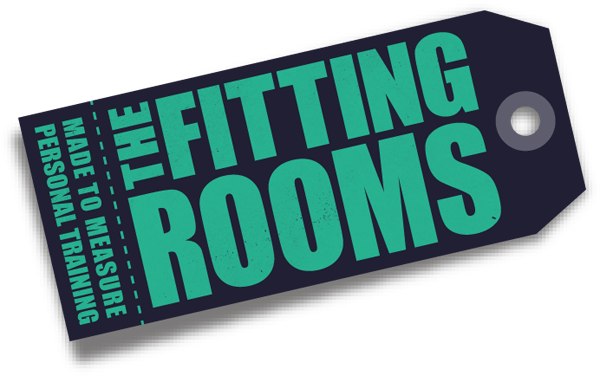


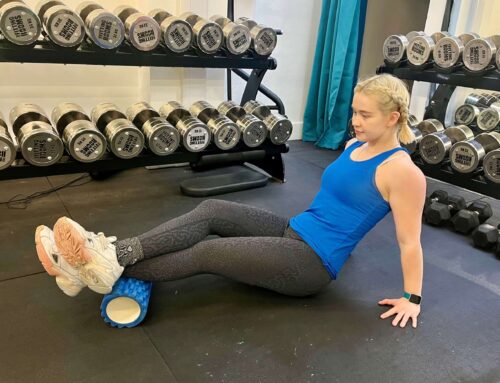
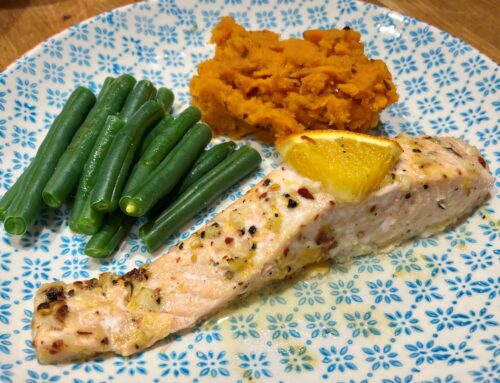
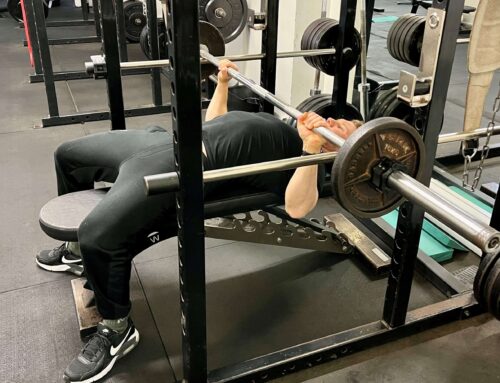

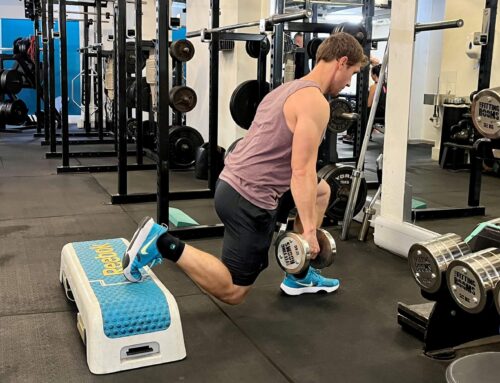
Leave A Comment